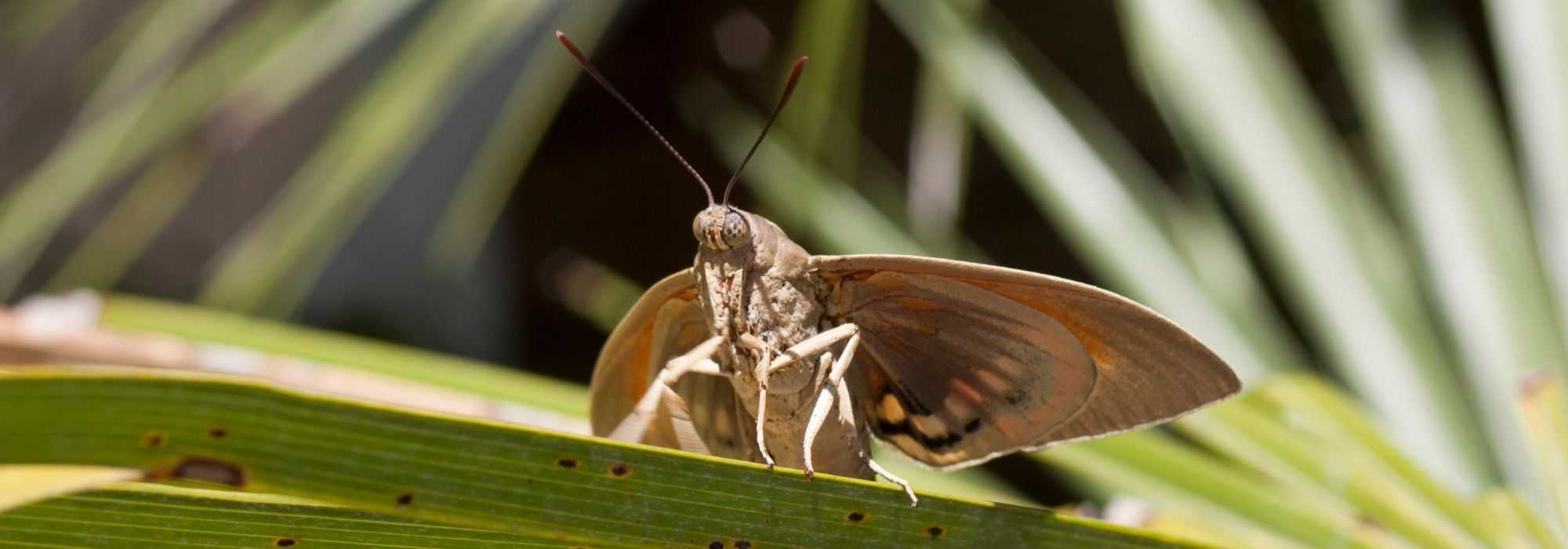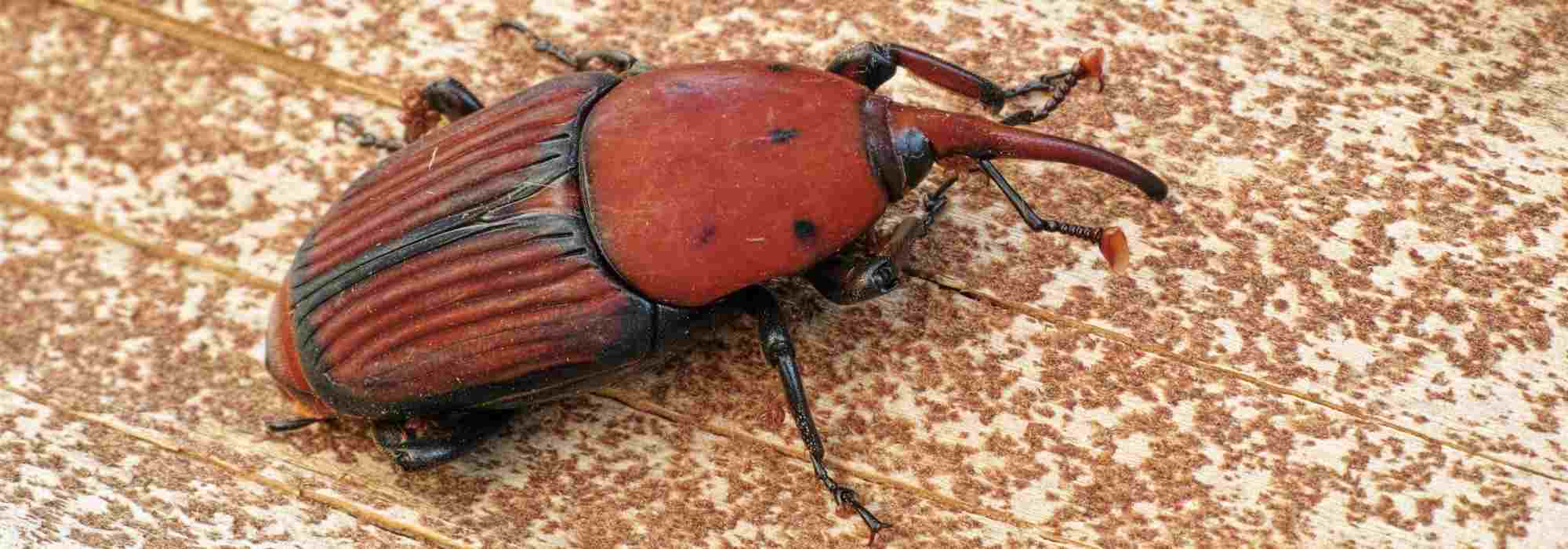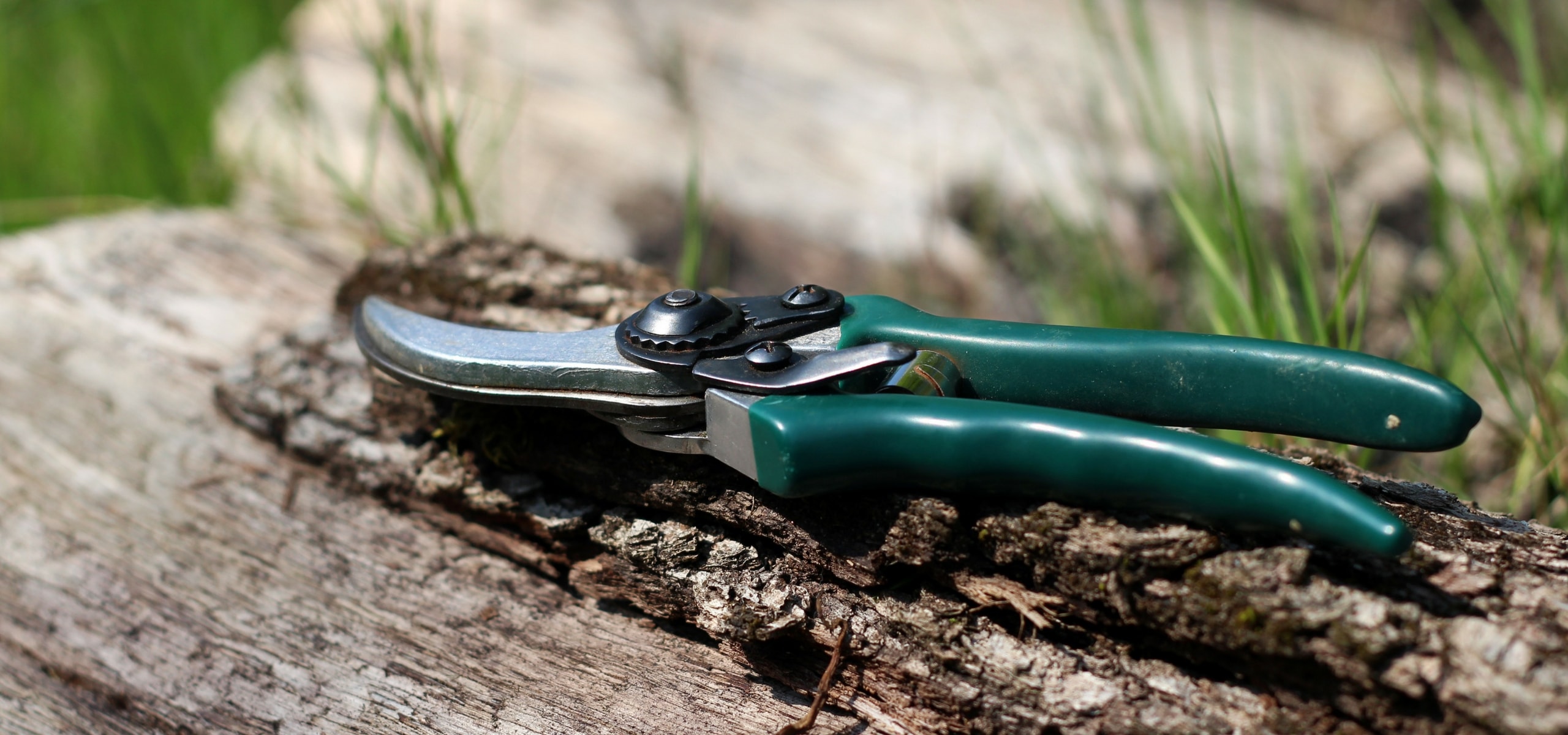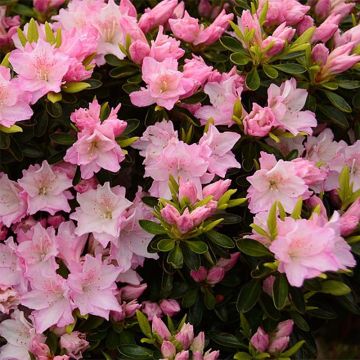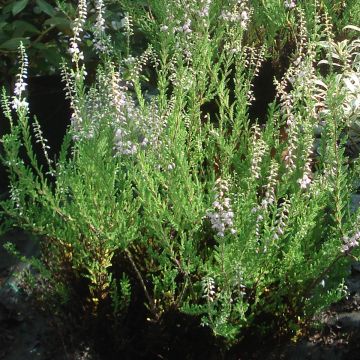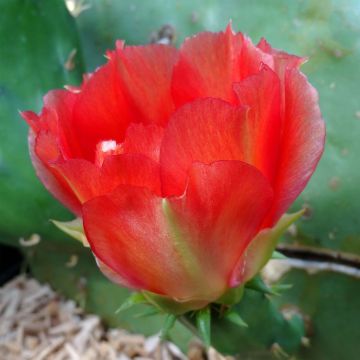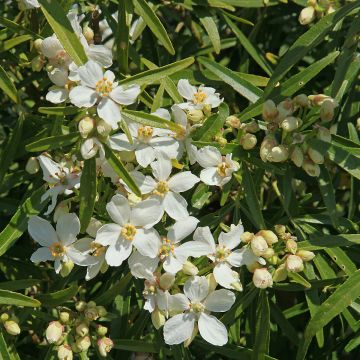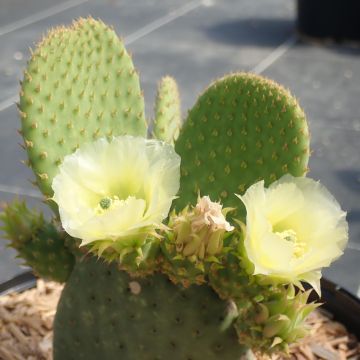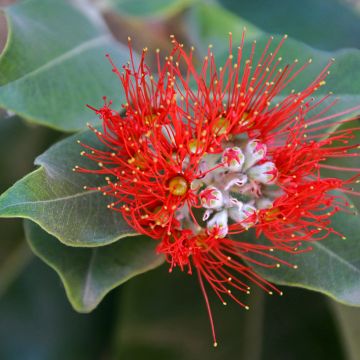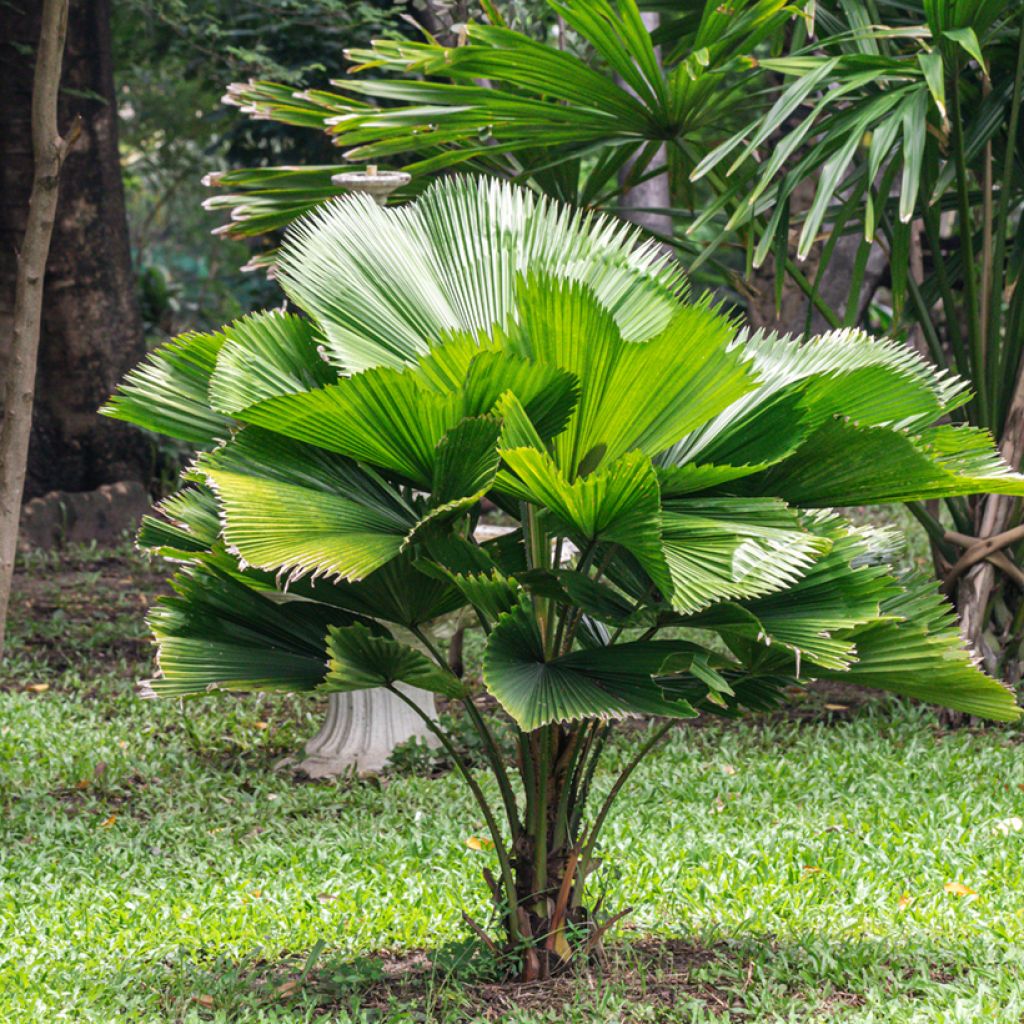

Licuala grandis - Fan palm
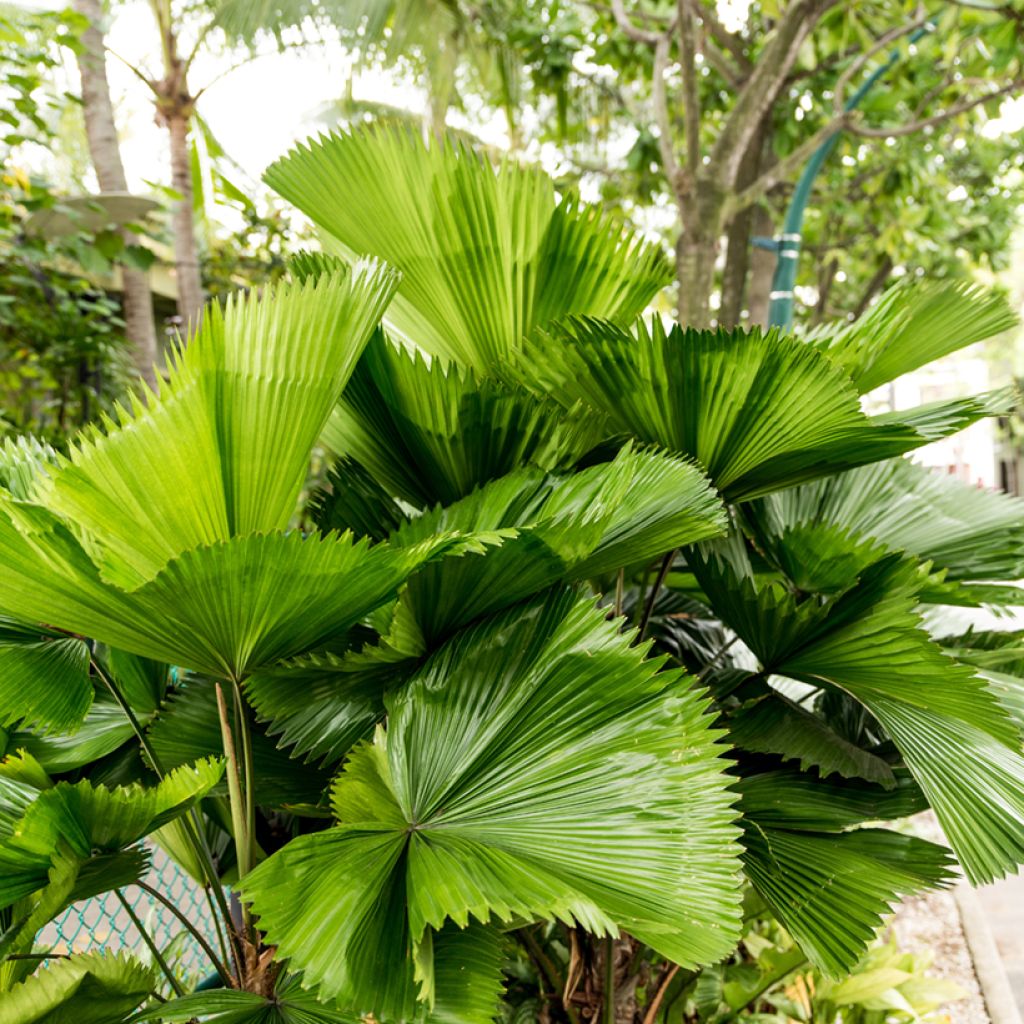

Licuala grandis - Fan palm
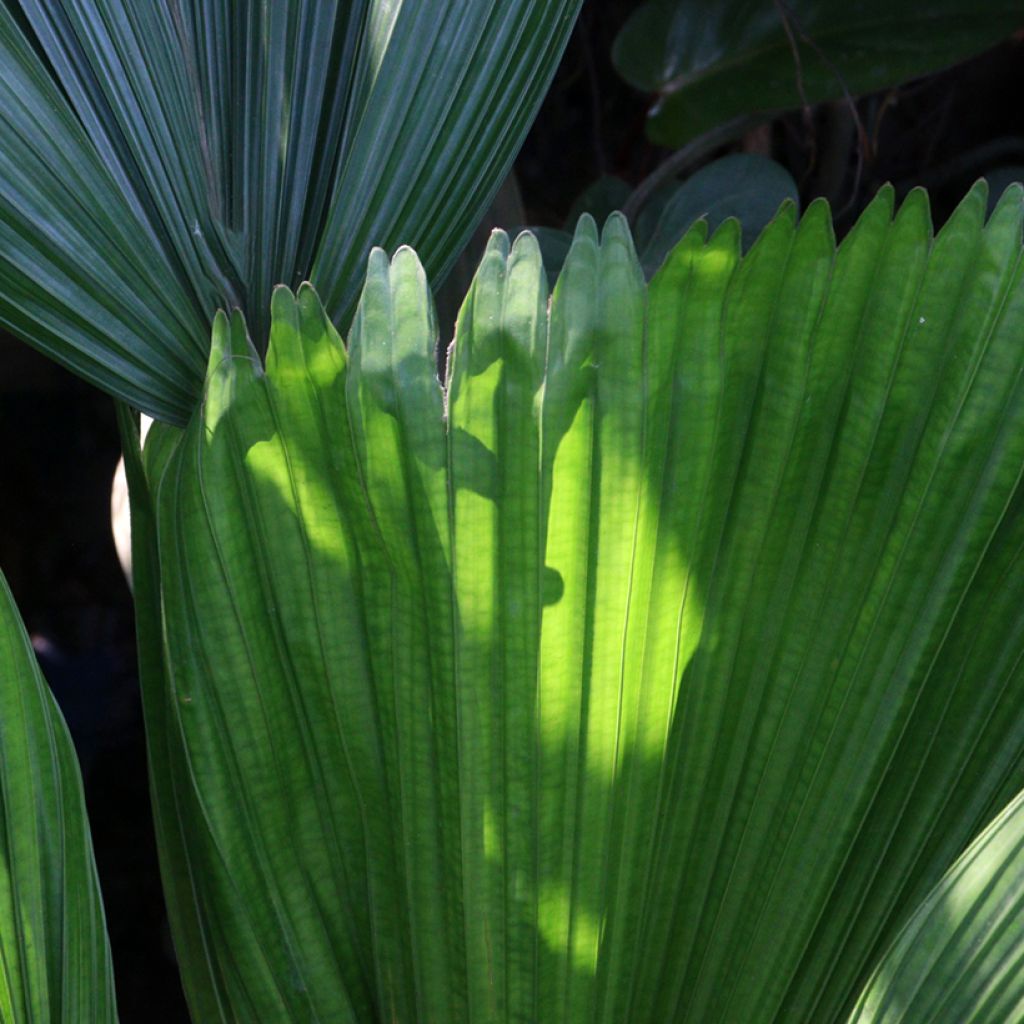

Licuala grandis - Fan palm


Licuala grandis - Fan palm
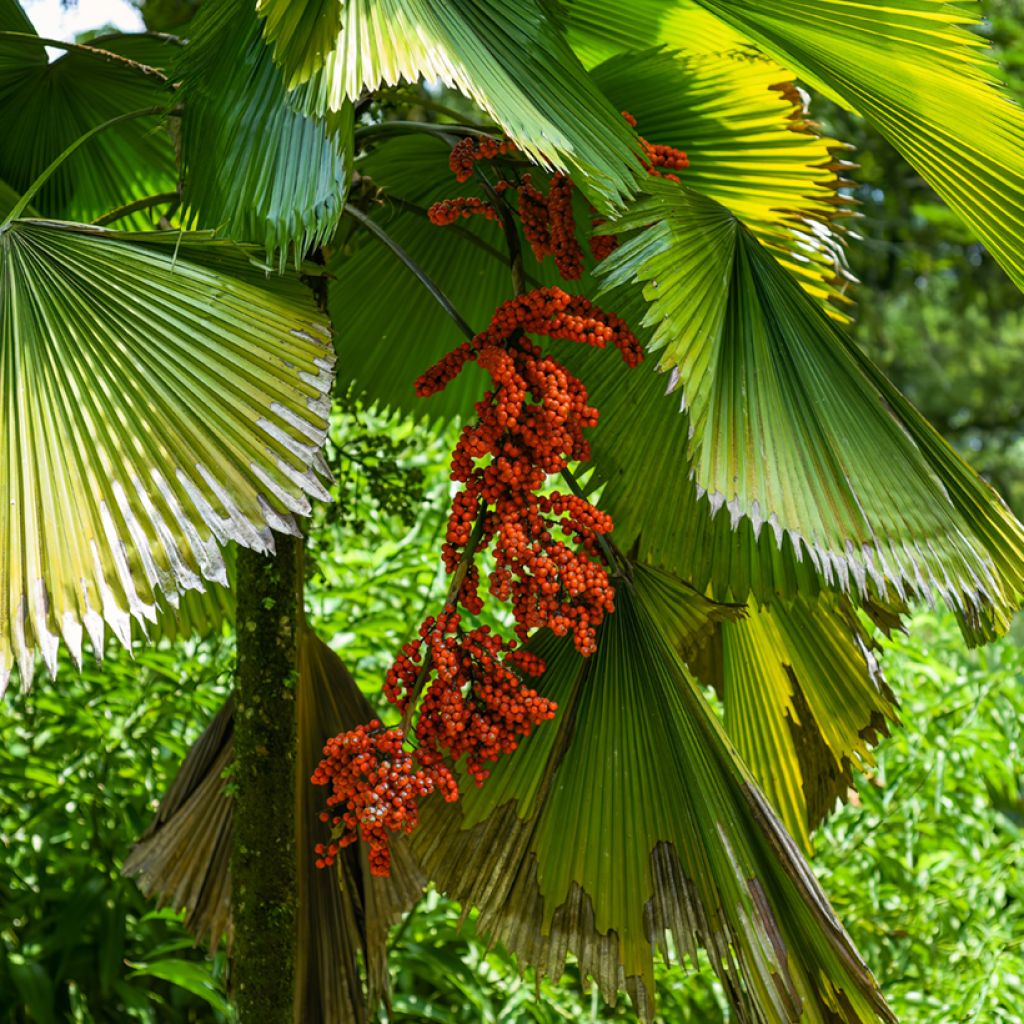

Licuala grandis - Fan palm


Licuala grandis - Fan palm


Licuala grandis - Fan palm
Licuala grandis - Ruffled Fan Palm
Licuala grandis
Ruffled Fan Palm, Vanuatu Fan Palm
Special offer!
Receive a €20 voucher for any order over €90 (excluding delivery costs, credit notes, and plastic-free options)!
1- Add your favorite plants to your cart.
2- Once you have reached €90, confirm your order (you can even choose the delivery date!).
3- As soon as your order is shipped, you will receive an email containing your voucher code, valid for 3 months (90 days).
Your voucher is unique and can only be used once, for any order with a minimum value of €20, excluding delivery costs.
Can be combined with other current offers, non-divisible and non-refundable.
Why not try an alternative variety in stock?
View all →This plant carries a 24 months recovery warranty
More information
We guarantee the quality of our plants for a full growing cycle, and will replace at our expense any plant that fails to recover under normal climatic and planting conditions.
Would this plant suit my garden?
Set up your Plantfit profile →
Description
The Ruffled Fan Palm (Licuala grandis) is a tropical plant with spectacular foliage that cannot tolerate cold. Its large, perfectly rounded fan-shaped leaves give it its common name. They lend this palm an unmatched elegance and set it apart from all other indoor palms. It is compact and adapts well to pot cultivation. In the living room or conservatory, provide it with bright, indirect light and good ambient humidity.
Licuala grandis, the Ruffled Fan Palm, belongs to the Arecaceae family. It is native to the islands of Vanuatu in the South Pacific. In its natural habitat, it is mainly found in humid tropical forests, where it grows under the canopy of tall trees, in humus-bearing soil. This palm is characterised by its large, pleated, almost circular, glossy green leaves on slender stems. Indoors, it typically reaches a height of 1 to 2 m, with a similar spread, while outdoors, under optimal conditions, it can grow up to 3 m tall. Its habit is upright and spreading, with a single trunk (stipe) topped by large, nearly circular fan-shaped leaves. The growth of Licuala grandis is slow, both indoors and outdoors. Due to its sensitivity to cold, it is usually grown indoors in our latitudes. It cannot tolerate temperatures below 10°C and begins to suffer when temperatures drop below 15°C.
To thrive, this Ruffled Fan Palm requires bright but filtered light, high humidity, and a consistent temperature between 18 and 25°C. It is important to keep the soil slightly moist, without overwatering, and to avoid direct sunlight, which can scorch its delicate leaves. Excessively dry air may cause leaf tips to brown, so it is recommended to mist the foliage regularly or use a humidifier. Licuala grandis is a plant for experienced enthusiasts, willing to provide the necessary care to reveal its full splendour.
Licuala grandis rarely flowers indoors. In its natural habitat or a tropical greenhouse, it produces pendulous inflorescences composed of small yellowish flowers, which later develop into small red fruits. However, in indoor cultivation, conditions are rarely optimal (light, humidity, and limited space), which usually prevents flowering.
With its stunning foliage, the Ruffled Fan Palm is a true decorative asset for a refined interior. It will enhance a spacious living room, conservatory, or winter-heated greenhouse. It blends effortlessly into modern, minimalist, or exotic decor, especially when showcased in a large ceramic or natural fibre pot. For a chic jungle effect, pair it with plants featuring contrasting foliage, such as Calathea orbifolia or Alocasia zebrina.
Licuala grandis - Ruffled Fan Palm in pictures




Plant habit
Flowering
Foliage
Botanical data
Licuala
grandis
Arecaceae
Ruffled Fan Palm, Vanuatu Fan Palm
Pritchardia grandis
Oceania
Other Palm trees A to Z
View all →Planting and care
The Ruffled Fan Palm (Licuala grandis) is grown exclusively in pots in our latitudes, as it cannot tolerate cold or frost. To ensure its healthy development, it is essential to provide it with filtered light, such as that from an east or north-facing window, as direct sunlight through glass may scorch its leaves. It also requires high ambient humidity, around 60-70%, which means regularly misting its foliage or using a humidifier, especially in winter when the air is drier.
For the substrate, opt for a light, well-draining, and rich mix, composed of palm compost, coarse sand, and perlite, to prevent water stagnation that could lead to root rot. The pot should have drainage holes at the bottom and be equipped with a layer of clay pebbles for optimal drainage. Water moderately, keeping the substrate slightly moist without excess: once a week in summer and every two weeks in winter is generally sufficient.
As Licuala grandis is a slow-growing palm, it does not require frequent repotting. Changing the pot every 2 to 3 years is enough, increasing the container size by a few centimetres each time. To nourish it, apply a liquid palm fertiliser (balanced NPK) every 3 weeks in spring and summer, reducing the feedings in winter.
Finally, watch out for brown spots on the leaves, a sign of overly dry air or unsuitable watering.
Planting period
Intended location
Care
Planting & care advice
This item has not been reviewed yet - be the first to leave a review about it.
Similar products
Haven't found what you were looking for?
Hardiness is the lowest winter temperature a plant can endure without suffering serious damage or even dying. However, hardiness is affected by location (a sheltered area, such as a patio), protection (winter cover) and soil type (hardiness is improved by well-drained soil).

Photo Sharing Terms & Conditions
In order to encourage gardeners to interact and share their experiences, Promesse de fleurs offers various media enabling content to be uploaded onto its Site - in particular via the ‘Photo sharing’ module.
The User agrees to refrain from:
- Posting any content that is illegal, prejudicial, insulting, racist, inciteful to hatred, revisionist, contrary to public decency, that infringes on privacy or on the privacy rights of third parties, in particular the publicity rights of persons and goods, intellectual property rights, or the right to privacy.
- Submitting content on behalf of a third party;
- Impersonate the identity of a third party and/or publish any personal information about a third party;
In general, the User undertakes to refrain from any unethical behaviour.
All Content (in particular text, comments, files, images, photos, videos, creative works, etc.), which may be subject to property or intellectual property rights, image or other private rights, shall remain the property of the User, subject to the limited rights granted by the terms of the licence granted by Promesse de fleurs as stated below. Users are at liberty to publish or not to publish such Content on the Site, notably via the ‘Photo Sharing’ facility, and accept that this Content shall be made public and freely accessible, notably on the Internet.
Users further acknowledge, undertake to have ,and guarantee that they hold all necessary rights and permissions to publish such material on the Site, in particular with regard to the legislation in force pertaining to any privacy, property, intellectual property, image, or contractual rights, or rights of any other nature. By publishing such Content on the Site, Users acknowledge accepting full liability as publishers of the Content within the meaning of the law, and grant Promesse de fleurs, free of charge, an inclusive, worldwide licence for the said Content for the entire duration of its publication, including all reproduction, representation, up/downloading, displaying, performing, transmission, and storage rights.
Users also grant permission for their name to be linked to the Content and accept that this link may not always be made available.
By engaging in posting material, Users consent to their Content becoming automatically accessible on the Internet, in particular on other sites and/or blogs and/or web pages of the Promesse de fleurs site, including in particular social pages and the Promesse de fleurs catalogue.
Users may secure the removal of entrusted content free of charge by issuing a simple request via our contact form.
The flowering period indicated on our website applies to countries and regions located in USDA zone 8 (France, the United Kingdom, Ireland, the Netherlands, etc.)
It will vary according to where you live:
- In zones 9 to 10 (Italy, Spain, Greece, etc.), flowering will occur about 2 to 4 weeks earlier.
- In zones 6 to 7 (Germany, Poland, Slovenia, and lower mountainous regions), flowering will be delayed by 2 to 3 weeks.
- In zone 5 (Central Europe, Scandinavia), blooming will be delayed by 3 to 5 weeks.
In temperate climates, pruning of spring-flowering shrubs (forsythia, spireas, etc.) should be done just after flowering.
Pruning of summer-flowering shrubs (Indian Lilac, Perovskia, etc.) can be done in winter or spring.
In cold regions as well as with frost-sensitive plants, avoid pruning too early when severe frosts may still occur.
The planting period indicated on our website applies to countries and regions located in USDA zone 8 (France, United Kingdom, Ireland, Netherlands).
It will vary according to where you live:
- In Mediterranean zones (Marseille, Madrid, Milan, etc.), autumn and winter are the best planting periods.
- In continental zones (Strasbourg, Munich, Vienna, etc.), delay planting by 2 to 3 weeks in spring and bring it forward by 2 to 4 weeks in autumn.
- In mountainous regions (the Alps, Pyrenees, Carpathians, etc.), it is best to plant in late spring (May-June) or late summer (August-September).
The harvesting period indicated on our website applies to countries and regions in USDA zone 8 (France, England, Ireland, the Netherlands).
In colder areas (Scandinavia, Poland, Austria...) fruit and vegetable harvests are likely to be delayed by 3-4 weeks.
In warmer areas (Italy, Spain, Greece, etc.), harvesting will probably take place earlier, depending on weather conditions.
The sowing periods indicated on our website apply to countries and regions within USDA Zone 8 (France, UK, Ireland, Netherlands).
In colder areas (Scandinavia, Poland, Austria...), delay any outdoor sowing by 3-4 weeks, or sow under glass.
In warmer climes (Italy, Spain, Greece, etc.), bring outdoor sowing forward by a few weeks.
















































